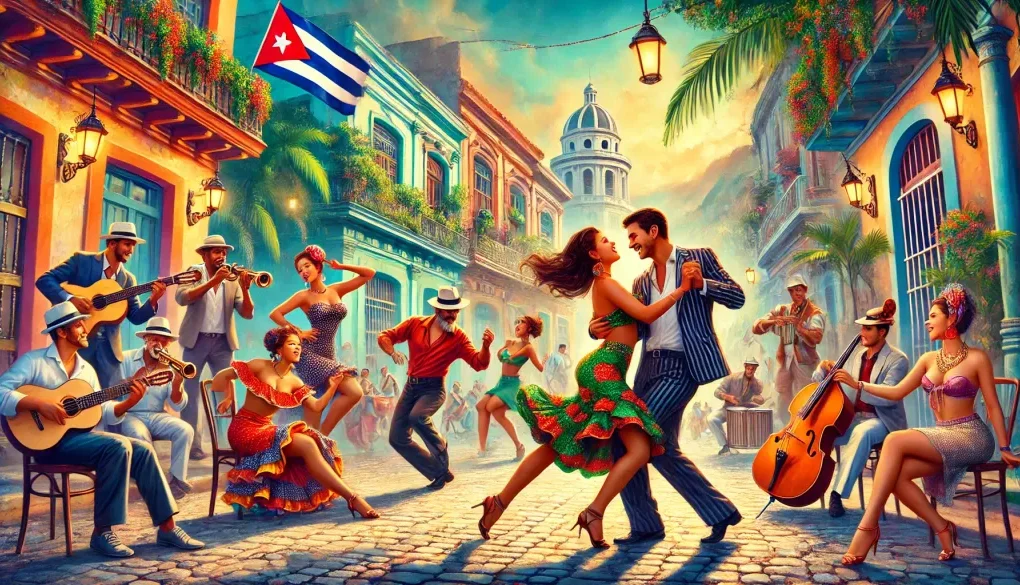marwaarsanios.info – The salsa, a vibrant and infectious rhythm, has its roots deeply embedded in the cultural tapestry of Cuba. This musical genre, characterized by its lively beats, intricate rhythms, and passionate dance moves, has transcended geographical boundaries to become a global phenomenon. Originating from the Afro-Cuban traditions, salsa has evolved over the years, incorporating various musical influences to create a unique sound that is both complex and irresistibly catchy.
The Historical Backdrop of Salsa
To understand the salsa, one must delve into the rich history of Cuban music. The island’s musical heritage is a fusion of African, Spanish, and indigenous Taíno elements, with each contributing to the development of various rhythms and styles. The clave rhythm, a fundamental component of salsa, originated from the Yoruba people of Nigeria and became a central element in Cuban music.
The term “salsa” itself was popularized in the 1970s, primarily in New York City, as a catch-all name for the diverse Latin music styles that were gaining popularity. However, the roots of this music can be traced back to Cuba, where it was known by various names such as son, mambo, and cha-cha-cha.
The Elements of Salsa Music
Salsa music is a complex blend of various musical elements, including percussion, brass, and vocals. The rhythm section typically includes conga drums, timbales, and bongos, which lay down the infectious beat that is the hallmark of salsa. The brass section, consisting of trumpets and trombones, adds a dynamic layer to the music, while the piano plays the essential montuno pattern that ties the rhythm together.
Vocals in salsa range from passionate singing to call-and-response patterns, often telling stories of love, heartbreak, and social issues. The lyrics, usually in Spanish, add depth and emotion to the music, making salsa not just a dance but a form of cultural expression.
The Salsa Dance
The salsa dance is as integral to the music as the rhythm itself. It is a partner dance that requires skill, coordination, and a deep connection between the dancers. The basic steps involve a pattern of six steps over eight beats of music, allowing for a myriad of turns, spins, and stylistic flourishes.
In Cuba, salsa dancing is not just a performance but a social activity, bringing people together in communal spaces like parks, dance halls, and street corners. The infectious rhythm encourages participation, making salsa a unifying force in Cuban society.
Salsa’s Global Influence
While salsa has its origins in Cuba, its influence has spread far beyond the island’s shores. Today, salsa is danced and celebrated in countries around the world, from the United States and Europe to Asia and Australia. International salsa festivals and competitions have sprung up, showcasing the diverse interpretations of this Cuban rhythm.
Moreover, salsa has influenced other musical genres, including jazz, pop, and even electronic music. Its fusion with other styles has created new subgenres, further expanding its reach and appeal.
Conclusion
The salsa is more than just a rhythm; it is a cultural emblem of Cuba, encapsulating the country’s history, traditions, and spirit. Its infectious beat and passionate dance have captivated audiences worldwide, making salsa a universal language of joy, expression, and unity. As long as there are people willing to move to its rhythm, the salsa will continue to thrive, evolving and spreading its infectious energy to every corner of the globe.




